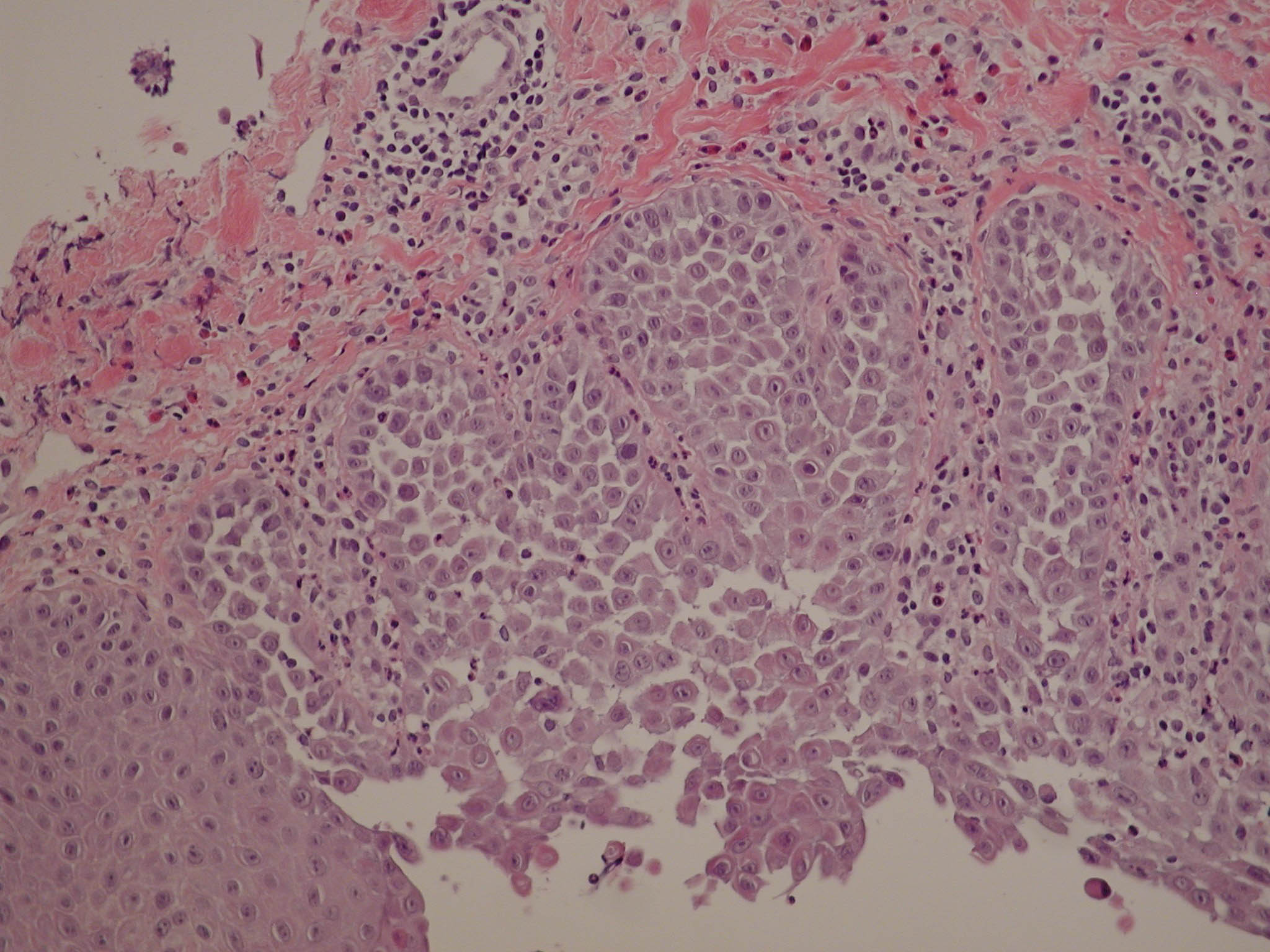Biofactors. 2011 May-Jun;37(3):150-8. doi: 10.1002/biof.141. Epub 2011 Jun 14.
Source
Department of Molecular Genetics, Biochemistry and Microbiology, University of Cincinnati, College of Medicine, OH, USA. shullge@ucmail.uc.edu
Abstract
In mammalian tissues, uptake of Ca(2+) and Mn(2+) by Golgi membranes is mediated by the secretory pathway Ca(2+) -ATPases, SPCA1 and SPCA2, encoded by the ATP2C1 and ATP2C2 genes. Loss of one copy of the ATP2C1 gene, which causes SPCA1 haploinsufficiency, leads to squamous cell tumors of keratinized epithelia in mice and to Hailey-Hailey disease, an acantholytic skin disease, in humans. Although the disease phenotypes resulting from SPCA1 haploinsufficiency in mice and humans are quite different, each species-specific phenotype is remarkably similar to those arising as a result of null mutations in one copy of the ATP2A2 gene, encoding SERCA2, the endoplasmic reticulum (ER) Ca(2+) pump. SERCA2 haploinsufficiency, like SPCA1 haploinsufficiency, causes squamous cell tumors in mice and Darier’s disease, also an acantholytic skin disease, in humans. The phenotypic similarities between SPCA1 and SERCA2 haploinsufficiency in the two species, and the general functions of the two pumps in consecutive compartments of the secretory pathway, suggest that the underlying disease mechanisms are similar. In this review, we discuss evidence supporting the view that chronic Golgi stress and/or ER stress resulting from Ca(2+) pump haploinsufficiencies leads to activation of cellular stress responses in keratinocytes, with the predominance of proapoptotic pathways (although not necessarily apoptosis itself) leading to acantholytic skin disease in humans and the predominance of prosurvival pathways leading to tumors in mice.
Copyright © 2011 International Union of Biochemistry and Molecular Biology, Inc.
